Alderney, Sark and Herm share many of the traveller-pleasing traits of their bigger, better-known neighbours, Jersey and Guernsey: fine beaches and bays line their scalloped shores; yachts rock at anchor in their picturesque harbours; histories rich in incident and intrigue have shaped their landscapes.
As with Guernsey and Jersey, the influence of France is evident in their culture and cuisine; yet they remain – in their own charming, peculiar ways – quintessentially English. That's something of a surprise, as they're much closer to France: Alderney is less than 10 miles west of the Cotentin Peninsula and around 20 miles northeast of Guernsey; Sark and Herm lie just to the east of Guernsey, 20-odd miles from the coast of Normandy.
Each of these self-governing specks adrift in the southwestern Channel boasts a personality of its own, which makes this far-flung corner of the British Isles a true island-hopper’s delight.
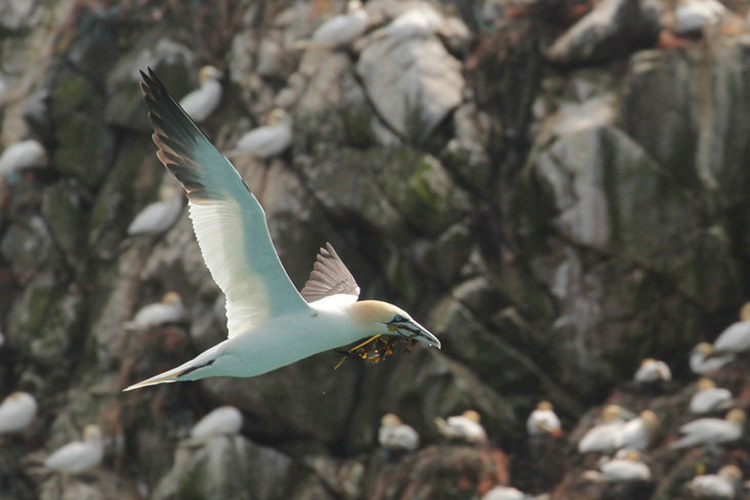
Best for: Wildlife, history
Alderney is the third largest of the Channel Islands, but that’s not saying much: it’s only three miles long by one-and-a-half miles wide. All the more remarkable, then, that it should cram so much into such a small area.
The trump card is wildlife of the winged variety: the west coast is a wetland of international importance. Many species of seabird throng its beaches, cliffs and islets, including gulls, gannets, fulmars, guillemots, razorbills, plovers, and terns. You won’t know where to point your binoculars first, such is the level of avian activity.
Not all the notable fauna can fly, though – Alderney is also known for its blond hedgehogs. About half the hedgehog population has a rare leucistic gene that lightens their quills. Visitors hoping to spot one after dark snuffling in the side streets of St Anne, the main town, or on the freshly mowed fairways of the island’s golf course, will be pleased to know they’re also free of fleas.
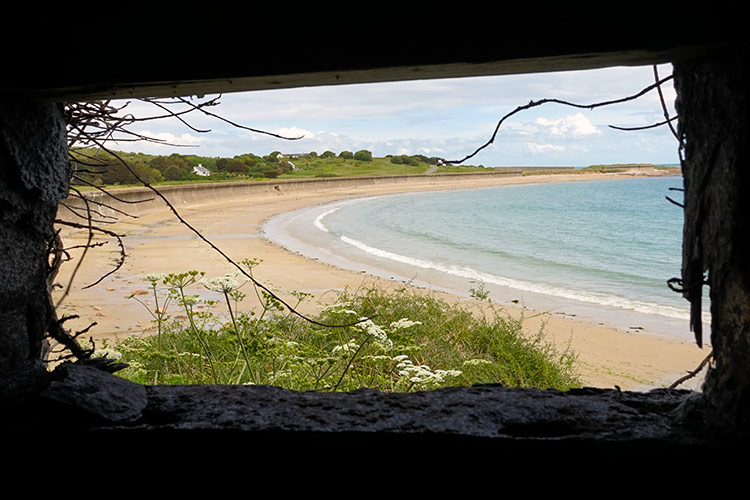
History is the other big draw. Intriguing Roman ruins and the remnants of a fort built for Henry VIII are well worth inspection, but the salient landmarks date from Victorian times, when the British encrusted the island in forts – an absurd 18 in all – to dissuade the French from invading.
During this fevered period of construction, William Gladstone described the forts as a ‘monument to human folly’, but speculated they might be of use to some future enemy - and so it proved. After the islanders’ evacuation in 1940, Alderney – and the other Channel Islands – fell into the hands of Nazi Germany. The only four labour camps on British soil were established here, transforming the island into an unassailable (and unrecognisable) piece of Hitler’s Atlantic Wall.
About 700 people died in the camps before the end of the war, and there is no denying the haunting quality of the bunkers, observation towers, air raid shelters, and other concrete carbuncles built on top of, alongside and sometimes within more ancient structures. Nature, though, is busy reframing the past – barn swallows nest in Nazi-dug tunnels, and the gun emplacements of hulking Fort Tourgis (the subject of restoration work by the Alderney Living Islands project (alderneylivingislands.com) have become perfect sea-facing bird hides.
The passage of time is allowing the people of Alderney to re-examine the most traumatic period in their history – and see it afresh as part of a heritage worth saving for future generations.
What to do: The Alderney Wildlife Trust (alderneywildlife.org) and other operators run boats trips to Les Etacs, a rocky outcrop that is home to 11,000 northern gannets, and Burhou, where you can see Atlantic puffins and other seabirds. The Trust also organises hedgehog-spotting and history-focused walks, among others.
The best way to explore the fortifications on your own is on two feet or two wheels. Cycle and Surf (cycleandsurf.co.uk) in St Anne rents bikes. Take a deeper dive into Alderney’s turbulent history at the island’s award-winning museum (alderneysociety.org).
Where to stay: The classy Braye Beach Hotel (brayebeach.com) has an unbeatable position overlooking its eponymous arc of sand. DIY travellers should check out Saye Beach Campsite (sayebeachcampsite.com), which is a stone’s throw from another delightful half-moon beach. For something truly different, larger groups might wish to besiege Fort Clonque (landmarktrust.org.uk/search-and-book/properties/fort-clonque-7423), a refurbished Victorian fort linked to the island by a causeway that disappears at high tide. Check out all the options at visitalderney.com.
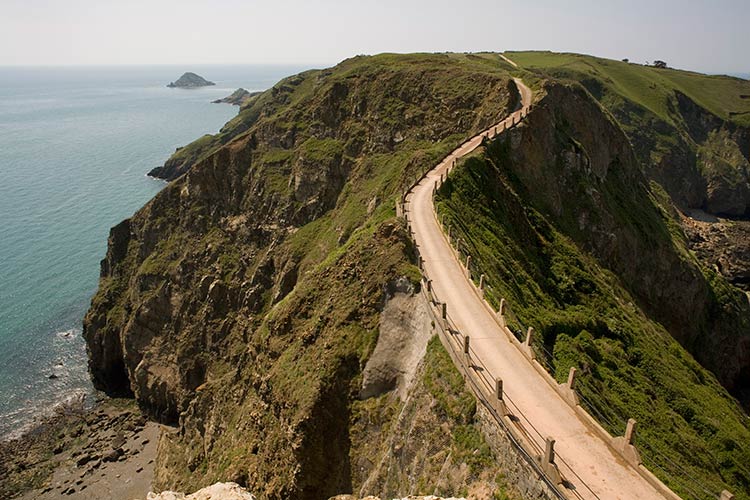
Best for: Stargazing, coasteering
Sark bills itself as ‘a world apart’ and there’s truth in that, for the fourth largest Channel Island exists in a self-induced timewarp, with a ban on vehicle traffic and local government coming via an old-fashioned (and somewhat controversial) island parliament.
Topographically, it’s quite different from Alderney. Sark is a steep-sided plateau surrounded by formidable sea cliffs, so you won’t find as many beaches (although there are a couple). But the countryside, a patchwork of fields and woods that escaped the depredations of WWII, is glorious in its own way, and the views are stellar in more ways than one.
No cars travel Sark’s unmade roads – the only form of motorised transport here are tractors, some of which haul visitors up from the harbour to the chocolate-box town (just a single road, really) in a contraption known as the ‘toast rack’. There are three ways to explore the island: on foot, on a bike, or, for a completely effort-free experience, in a horse-drawn carriage. Most people make a beeline for La Coupée, a narrow isthmus that connects Sark to Little Sark with dramatic drops either side to the bays below, but any woodland or coastal path leads you to a treat.
Along with cars, another convenience of the modern world absent from Sark is streetlights, helping it become the world’s first island to gain Dark Sky status. The low level of light pollution means it’s possible to stargaze with the naked eye. Look up on a clear night and you’ll see a swathe of sequinned sky – the Milky Way. The local astronomy group hopes to raise funds for a permanent observatory, but a stroll along a dark country lane with a torch is enough to blow most city dwellers’ minds.
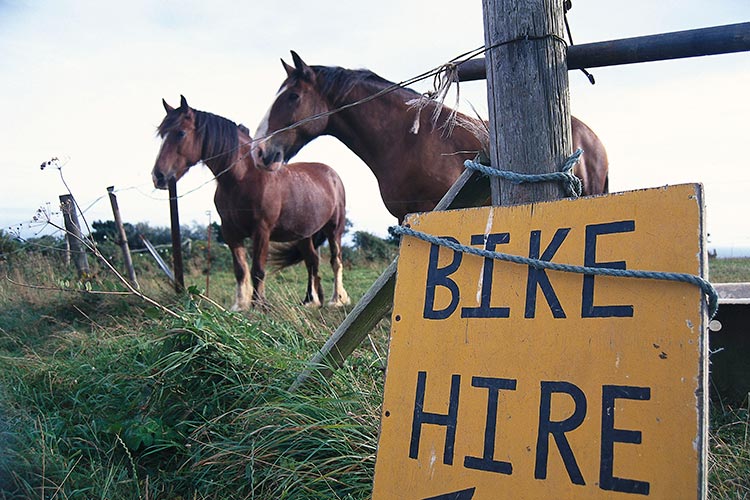
It’d be easy to stereotype Sark as a place to stroll, stargaze and do little else, but there’s far more on offer; a coastline riddled with coves and caves and a huge tidal range of 10 metres set the scene for some high-octane fun in the water.
Sark is known for wreck diving, and the sea kayaking is superb. This is also a great place to try coasteering, a pursuit that involves exploring at sea level and jumping into ‘washing machines’ – gullies filled with churning water – from the rocks.
What to do: Experience the island from a unique perspective with Adventure Sark (adventuresark.com), who organise coasteering trips. This crew of amphibious experts will give you a wetsuit, a buoyancy aid, and show you the best spots.
For even more illumination of the heavens contact Annie Dachinger, the chair of SAstroS (Sark Astronomy Society), which organises free talks about the sky at night. You can get in touch via the society’s site (sastros.sark.gg).
Where to stay: Try the tranquil, family-run Stocks Hotel (stockshotel.com), an elegant place hidden in a wooded valley at the heart of the island. Sark has other good hotels, guesthouses and self-catering accommodation, plus two campsites, which you can contact through sark.co.uk.
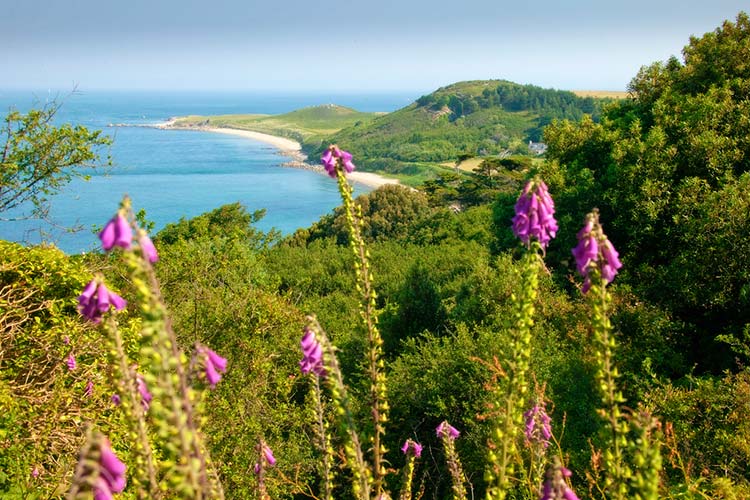
Best for: desert-island daydreams
You won’t even find a bike on Herm, let alone a car. But why would you want one when this world in miniature begs – indeed demands – exploration on foot?
Herm lies just three miles off Guernsey; you can only reach it by ferry or private boat. For such a tiny place, it has a fascinating story: over the years, it’s been a Neolithic burial ground, a monastic sanctuary, and the site of granite quarrying. Previous tenants include an eccentric Prussian prince, Compton Mackenzie (the writer of Whisky Galore) and a former chairman of the Ford Motor Company who gave the island’s sole hotel its name: the White House.
The hotel is still there, along with a couple of pubs and cafes. Most visitors make a day trip from Guernsey, but it’s worth spending a night here; the island comes into its own early or late, when you’ll share the empty beaches with oyster catchers alone, and quiet paths tempt the child inside you to wander unsupervised.
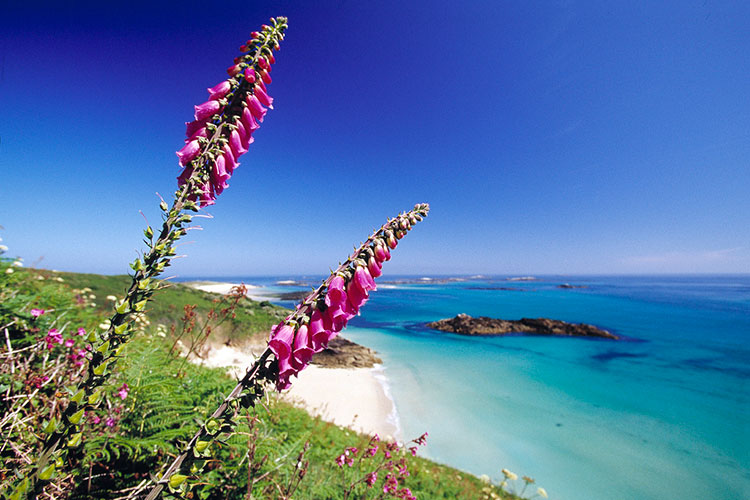
What to do: The answer, really, is nothing. Yes, you can kayak and so on, but the USP of Herm is its otherworldliness; when the day-trippers depart, it’s a castaway’s fantasy, a mile-long decompression chamber for the soul. Shell Beach is the most popular spot, and on a bright day its fine white sand and limpid blue water could pass for somewhere in the Caribbean; but arguably the best beach is north-facing Mouisonniere, which has the same star quality but far fewer visitors.
If you want to delve deeply into the island's history, consider organising a tour with award-winning guide Annette Henry (annettehenrytours.gg), who unravels the story of its mining past, life under German Occupation, and more.
Where to stay: The genteel White House Hotel has no televisions, telephones or even clocks to intrude on your state of repose. Alternatives include self-catering cottages or the Seagull Campsite, a stunning spot with views across to Sark and France. Check out all the options at herm.com.
Aurigny (aurigny.com) flies from Southampton to Alderney, and from Alderney to Guernsey. Sark Shipping Company (sarkshippingcompany.com) connects Guernsey to Sark, and Travel Trident (traveltrident.com) connects Guernsey to Herm. Other small boat operators also run between the three islands. Check out visitguernsey.com for more information if you're exploring the bigger island as well.